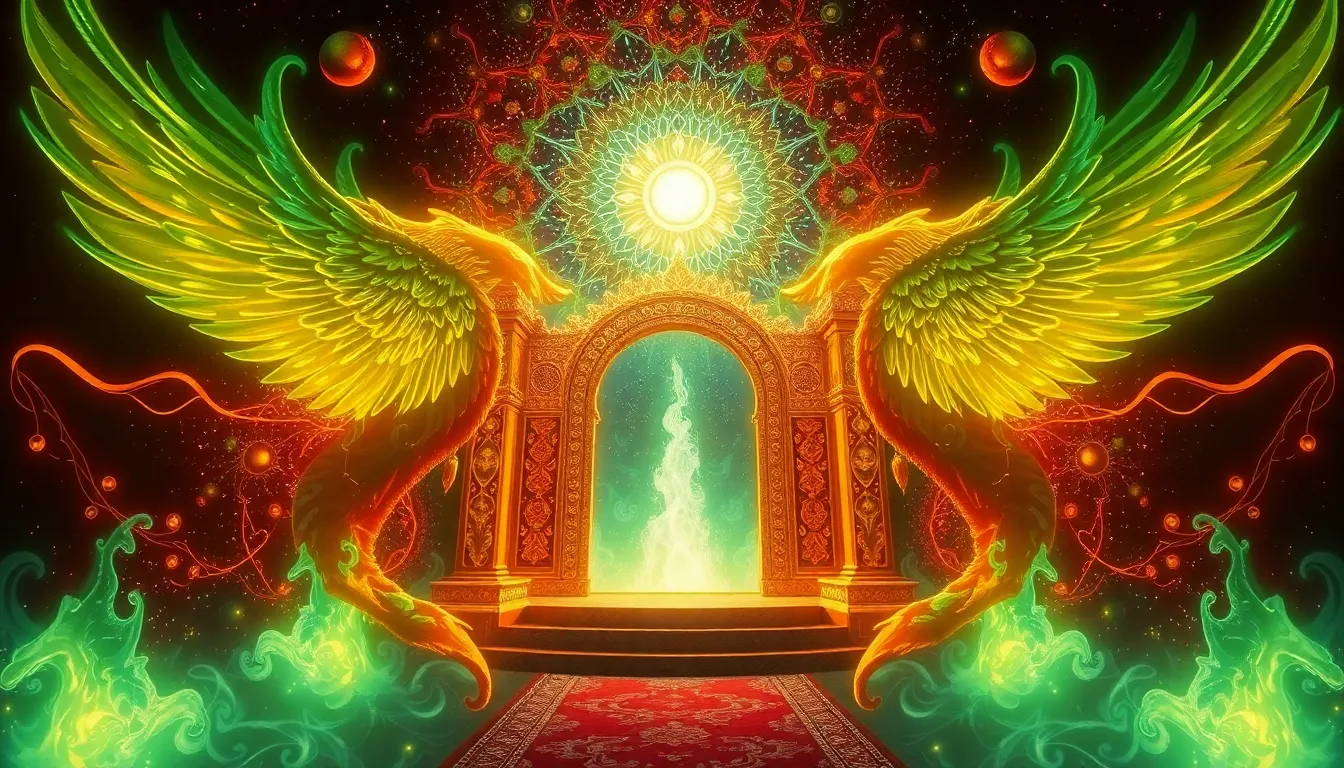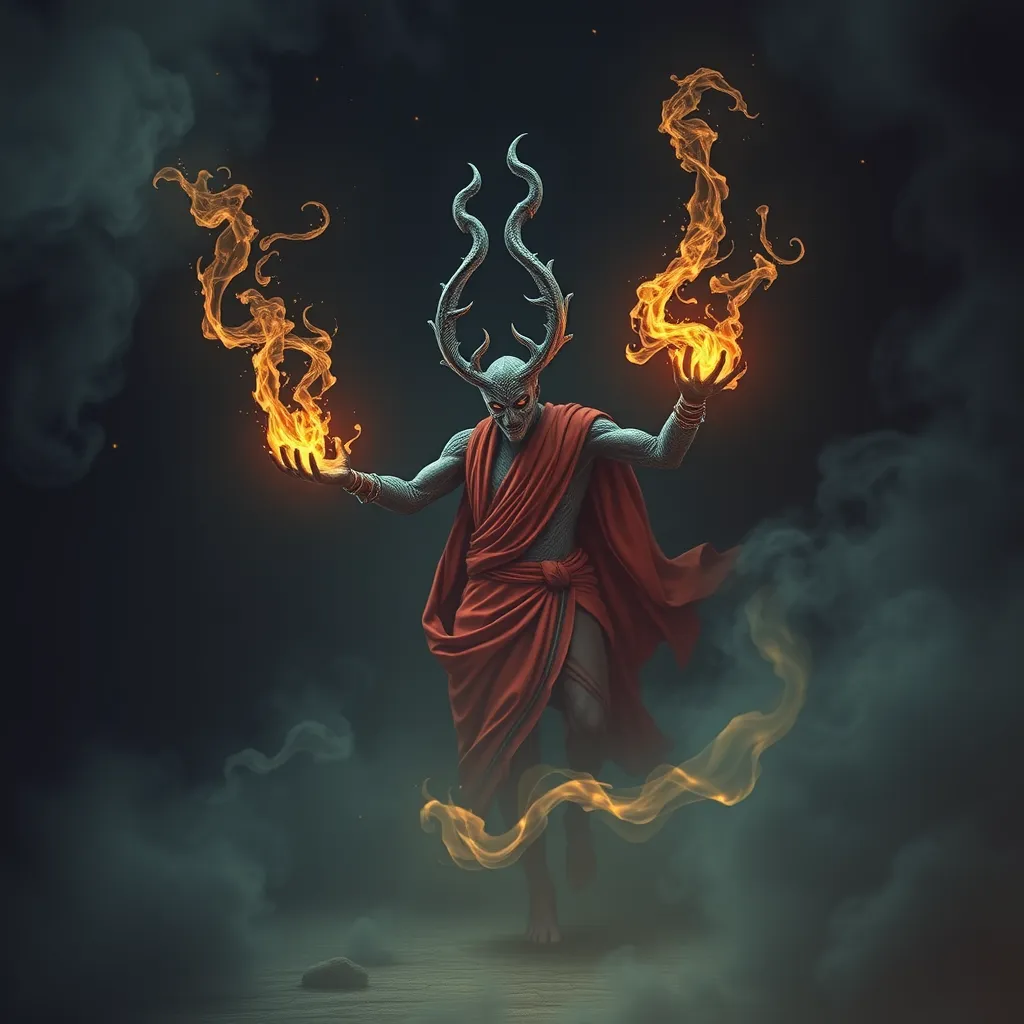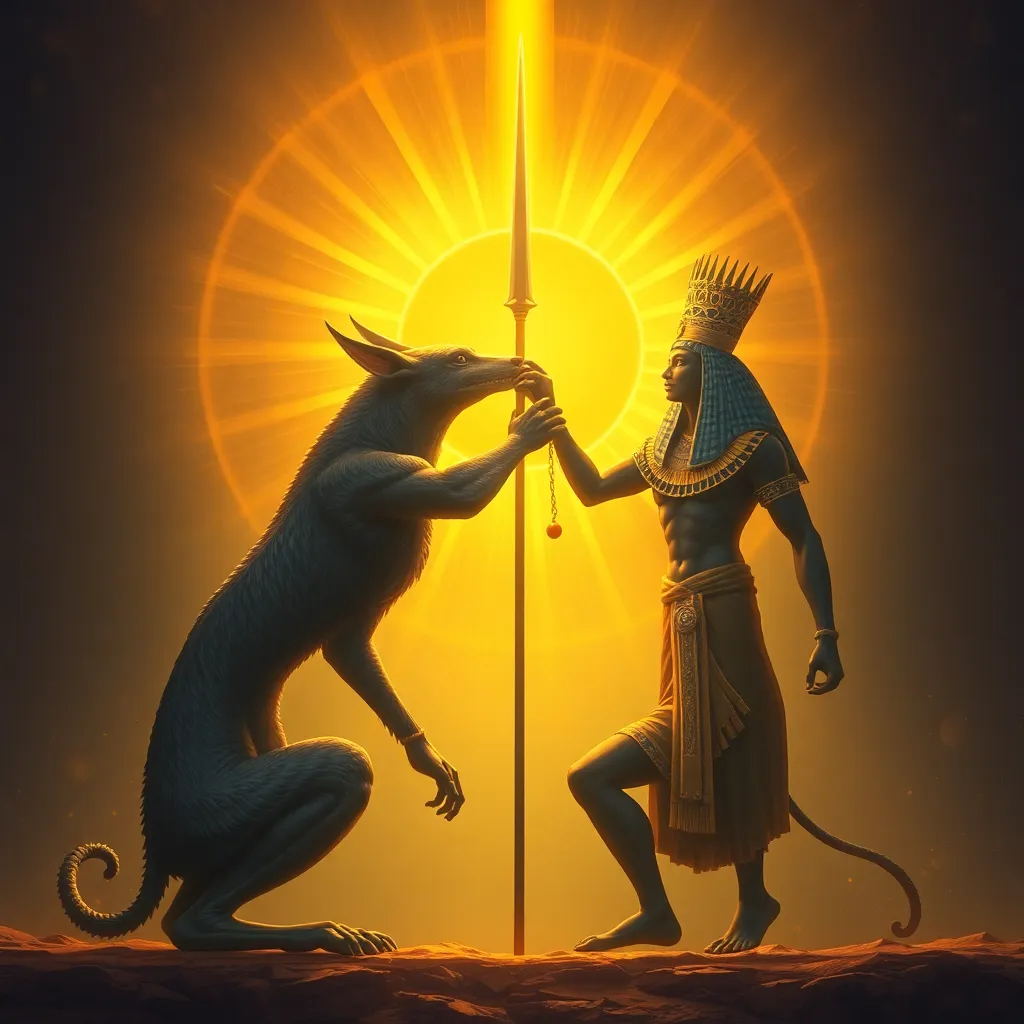The Simurgh and the Celestial Realm: A Gateway to the Divine
I. Introduction
The Simurgh is a majestic creature rooted deeply in Persian mythology, often depicted as a giant, benevolent bird with the ability to transcend the earthly realm. Revered not only for its extraordinary beauty but also for its profound wisdom, the Simurgh symbolizes a connection between humanity and the divine. In ancient beliefs, the celestial realm held immense significance, representing a space of purity, enlightenment, and divine presence. This article aims to explore the Simurgh’s role as a gateway to the divine, highlighting its mythological origins, characteristics, and cultural impact.
II. The Mythological Origins of the Simurgh
The Simurgh’s origins can be traced back to ancient texts, including the Avesta, the sacred scriptures of Zoroastrianism. It is often described as a creature that embodies the harmony of nature and the cosmos. Throughout history, the Simurgh has appeared in various forms, each holding a different significance:
- Zoroastrianism: In this context, the Simurgh symbolizes the divine spirit and is associated with the sacred fire.
- Persian Culture: The Simurgh is viewed as a guardian of knowledge, wisdom, and life.
- Cross-Cultural Evolution: The representation of the Simurgh has evolved, influencing various cultures and mythologies across the globe.
III. The Characteristics of the Simurgh
The Simurgh possesses unique characteristics that distinguish it from other mythological creatures:
- Physical Attributes: Often depicted as a bird with colorful plumage, the Simurgh combines features of different animals, symbolizing its connection to all living beings.
- Dual Nature: The Simurgh is both a benevolent guardian and a fierce protector, embodying the balance between compassion and strength.
- Symbol of Wisdom: It represents the pursuit of knowledge and enlightenment, encouraging seekers to embark on their own journeys of discovery.
IV. The Celestial Realm: An Overview
In Persian cosmology, the celestial realm is a vast, intricate universe where divine beings and spirits reside. This realm is characterized by:
- Structure: It is organized into a hierarchy, with various levels of divine entities overseeing the natural world.
- Spiritual Significance: The celestial realm serves as a source of inspiration and guidance for spiritual practices, encouraging individuals to strive for higher consciousness.
- Connection to Earth: The interplay between the celestial and earthly realms reflects the beliefs about the divine’s involvement in human affairs.
V. The Simurgh as a Guide to the Celestial Realm
The Simurgh is often portrayed as a guide for those seeking to reach the divine. This journey is rich with allegorical interpretations:
- Path to Enlightenment: The journey to find the Simurgh represents the quest for self-discovery and spiritual awakening.
- Guidance for Seekers: The Simurgh acts as a mentor, leading seekers through trials and tribulations toward ultimate truth.
- Legends and Stories: Numerous tales illustrate the Simurgh’s role, such as the famous story in Attar’s “Conference of the Birds,” where birds embark on a journey to find the Simurgh, only to discover that the true essence of the Simurgh lies within themselves.
VI. The Connection Between the Simurgh and Human Experience
The Simurgh transcends its mythological roots, serving as a metaphor for personal growth and transformation:
- Self-Discovery: The quest for the Simurgh is a powerful metaphor for individuals seeking their true selves amidst the chaos of life.
- Personal Growth: The trials faced on this journey mirror the challenges one must overcome in their own lives.
- Contemporary Spirituality: The Simurgh’s teachings resonate with modern spiritual practices, encouraging individuals to explore their own paths to the divine.
VII. Artistic Representations and Cultural Impact
The influence of the Simurgh extends beyond mythology into various forms of art and literature:
- Literature: The Simurgh is prominently featured in Persian poetry, particularly in the works of poets like Attar, who used the creature to convey deep spiritual truths.
- Art: Artists have depicted the Simurgh in various forms, often showcasing its majestic beauty and symbolic significance.
- Cultural Legacy: The enduring legacy of the Simurgh continues to inspire contemporary artists and writers, reflecting its timeless relevance in human experience.
VIII. Conclusion
In conclusion, the Simurgh stands as a profound symbol of the connection between humanity and the divine. Its significance as a gateway to the celestial realm highlights the timeless nature of myths and their relevance in our lives today. As we reflect on the teachings of the Simurgh, we are encouraged to embark on our own journeys of self-discovery and transformation, seeking the divine within ourselves. The path to enlightenment, much like the quest for the Simurgh, is a personal journey that leads to greater understanding and connection with the universe.




